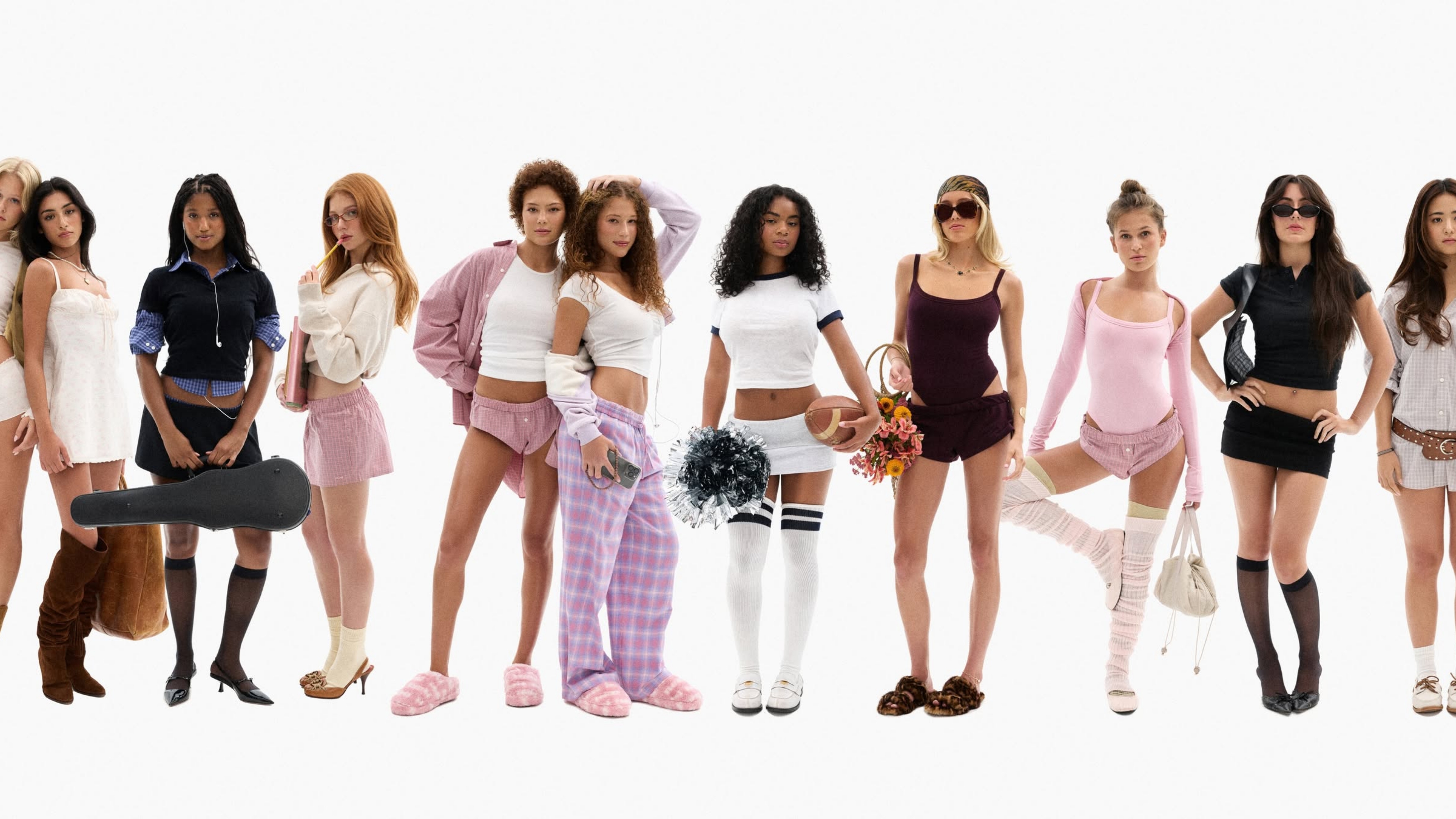As social media influencers pivot towards newsletters, the reasons behind this trend reveal much about the changing landscape of digital content and the desire for more control over one’s brand and income. With more than 200 million creators competing for visibility on platforms like Instagram and TikTok, newsletters offer influencers an opportunity to create direct, meaningful connections with their audience while avoiding the volatile algorithms and fleeting fads of social media. This shift is being embraced by influencers from various niches—think fashion insiders, beauty experts, and lifestyle curators—who are now choosing Substack and Beehiiv to build deeper, more personal connections with fans.
Take, for instance, Emilia Petrarca, freelance writer and former senior fashion writer for The Cut, who launched her newsletter, Shop Rat. For Petrarca, starting a newsletter was both a creative decision and a practical one, inspired by nostalgia for more personal writing and the challenges of freelance journalism. “From pitching to payment, everything about freelancing takes forever,” she notes. “I missed being able to do quick, fun, voice-y posts like I did at The Cut. I also missed interacting with people; the newsletter is a great reason to get outside and immerse myself in the city.” Beyond offering a creative outlet, newsletters also provide influencers with a steady source of income—an essential factor for many creators who feel the constraints of social media monetisation.
In many ways, newsletters represent a return to authenticity, a quality that audiences and influencers alike are increasingly craving. Petrarca sums it up, “Substack feels more genuine, like an intimate correspondence, not an ad. I hope it stays that way.” Substack’s subscription model, which allows influencers to be compensated directly by subscribers, fosters a dedicated readership that values depth over clicks. This model of loyalty has particular appeal to creators looking for lasting connections with their audiences, rather than the transactional engagement that typifies social media.
Influencers like Becky Malinsky, former deputy fashion director at The Wall Street Journal, have embraced newsletters for their simplicity and their niche appeal. In 5 Things You Should Buy, Malinsky guides her readers through the latest trends with a distinctly editor-like perspective: “I scroll so you don’t have to.” This kind of service-based approach to newsletters not only allows influencers to monetise their expertise but also builds trust with readers who see them as a knowledgeable friend, rather than just another influencer pushing products.
The appeal of newsletters lies not only in revenue potential but also in creative freedom. Subrina Heyink, a vintage buyer, has built a loyal following with her newsletter that advises on everything from “how to get dressed” to “holiday dressing for procrastinators.” Similarly, Laura Reilly’s bi-weekly newsletter, Magasin, focuses on curating affordable fashion, with each issue offering products under $250. These newsletters enable influencers to share insights and opinions in ways that feel too nuanced for platforms like TikTok or Instagram, appealing to readers who are looking for more meaningful engagement.

As audiences become more wary of #ad-saturated feeds, newsletters have emerged as a sanctuary from influencer fatigue. A recent YPulse study showed that 61% of young people aged 13 to 39 say they do not trust influencers who post excessive ads, while 65% prefer recommendations from creators with smaller followings. This fatigue, compounded by shifting algorithms and pressure to constantly produce content, has prompted influencers to explore new ways to reach audiences without the constraints of traditional social media. Even platforms like SMTM have arisen in response to this shift, offering creators a page filled with affiliate links but without the narrative of a full newsletter. Substack and Beehiiv, however, remain preferred options for influencers who want their content to feel like an authentic conversation.

The freedom of newsletters also appeals to brands who see this medium as a new way to reach younger audiences. Brands partnering with influencers through newsletters can build more authentic connections with readers, as recommendations within this format feel more like friendly advice than overt advertisements. For Gen Z consumers, who are especially turned off by overly commercialised content, newsletters offer a refreshing change.
Substack and Beehiiv, with their creator-focused tools and monetisation options, have tapped into a demand for independent, ad-free spaces where influencers can build sustainable careers. While traditional influencer marketing on Instagram and TikTok isn’t going anywhere, the rise of newsletters suggests that influencers and audiences alike are searching for richer, more reliable ways to connect—beyond the confines of the feed.






.svg)


.svg)
.svg)






